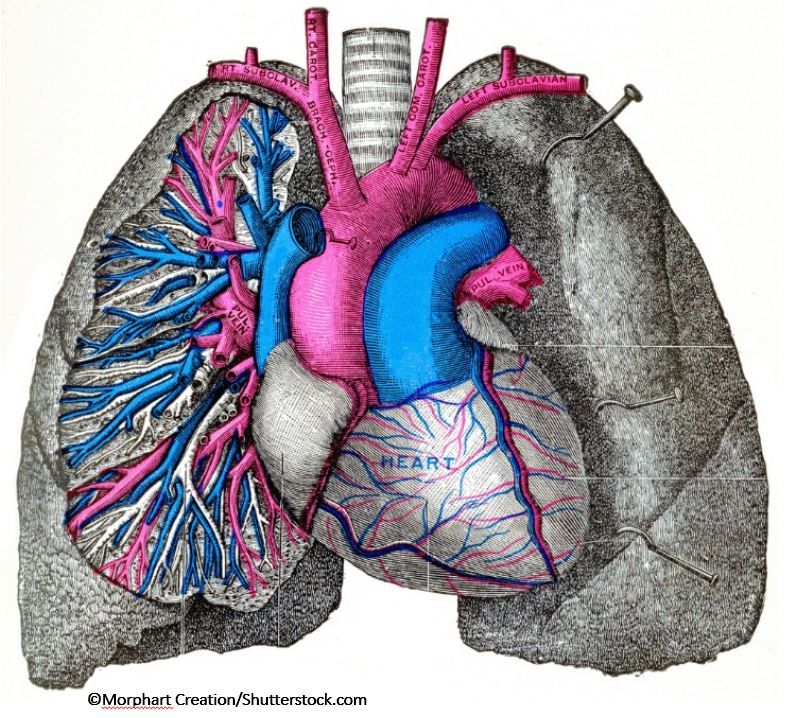Exercise Study Detects Subclinical RV Dysfunction in PAH
A new study suggests that subclinical RV dysfunction may cause exercise-induced dyspnea in compensated subjects with PAH.

Right ventricular (RV) function is the strongest prognostic marker in patients with pulmonary arterial hypertension (PAH). The ability of the RV to adapt to elevated pressure varies among patients; RV failure occurs early in some patients but remains compensated for extended periods in others. An emerging method for detecting early RV dysfunction is to assess RV function during exercise. Increased pulmonary pressure, flow, and relative hypoxia with exercise may unmask subclinical RV dysfunction.
To further understand the effects of exercise on RV function, Jaijee et al performed cardiac magnetic resonance imaging (CMR) during exercise. Participants also underwent cardiopulmonary exercise testing to identify exercise predictors of impaired RV function. The investigators studied 14 patients with PAH who underwent submaximal exercise testing on room air and 34 matched healthy control subjects who exercised in both normoxic and hypoxic conditions. RV contractile reserve was defined as change in RV ejection fraction from rest to exercise. All PAH subjects had normal RV function at rest. Only 50% of PAH subjects had an increase in RV function with exercise and RV actually declined with exercise in the PAH cohort as a whole (54% vs. 51%), whereas RV function improved with exercise in control subjects (57% vs 70%).
Only 50% of PAH subjects had an increase in RV function with exercise and RV actually declined with exercise in the PAH cohort as a whole (54% vs. 51%), whereas RV function improved with exercise in control subjects (57% vs 70%).
Among control subjects, exercise during hypoxic conditions was associated with a slightly smaller increase in RV ejection fraction (59% at rest to 69% with exercise). The decline in RV function with exercise in the PAH cohort was associated with increases in both end-systolic and end-diastolic size, suggesting they were unable to increase RV contractility with exercise. Among exercise parameters, the ratio of minute ventilation to carbon dioxide production (VE/VCO2) was independently associated with RV contractile reserve (ie, improvement in RV function with exercise) in subjects with PAH.
The novel study showed that among PAH patients with normal resting RV function, half have an impaired response to exercise. This suggests that subclinical RV dysfunction may cause exercise-induced dyspnea in compensated subjects with PAH. These observations are also important because change in RV function over time is an important predictor of outcomes in PAH. Detection of subclinical RV function, either with exercise studies or more sensitive imaging modalities such as myocardial strain, may improve prognostic accuracy. Moreover, an impaired RV response to exercise despite normal resting function may warrant more aggressive treatment. Longitudinal studies are needed to examine outcomes in subjects with impaired response to exercise.
Reference: Jaijee SK, Quinlan M, Tokarczuk P, et al. Exercise cardiac MRI unmasks right ventricular dysfunction in acute hypoxia and chronic pulmonary arterial hypertension. Am J Physiol Heart Circ Physiol 2018, epub ahead of print.